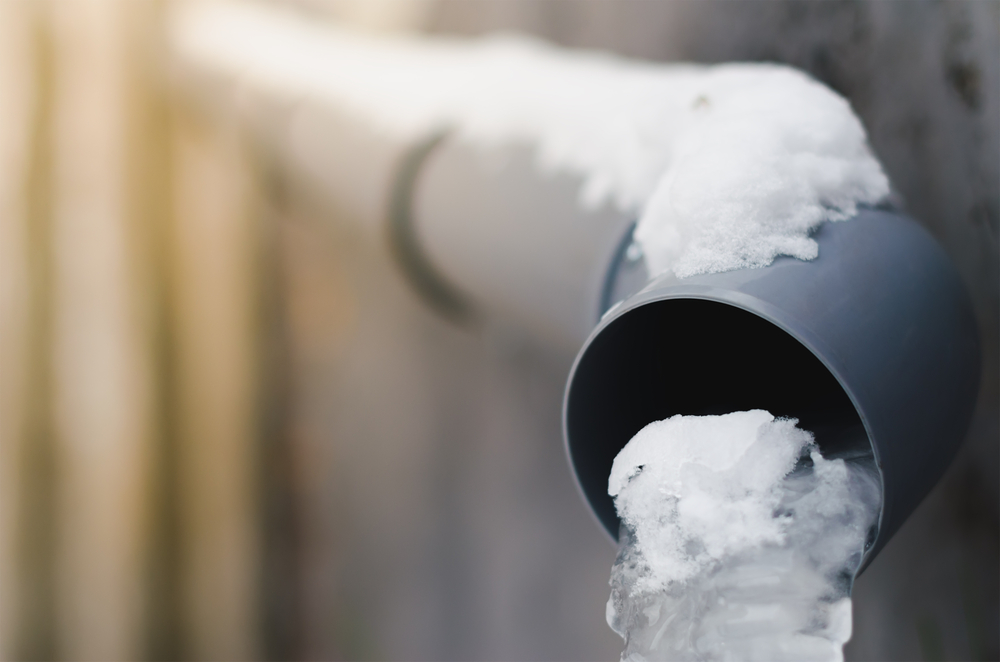Protecting Your Pipes from Cold Weather Damage: Essential Tips
Protecting Your Pipes from Cold Weather Damage: Essential Tips
Blog Article
The content on the next paragraphs involving How to Prevent Your Pipes From Freezing is unquestionably attention-grabbing. Check it out yourself and see what you think about it.

Cold weather can damage your pipes, specifically by freezing pipes. Right here's just how to avoid it from occurring and what to do if it does.
Introduction
As temperature levels decline, the risk of frozen pipes increases, possibly bring about pricey fixings and water damages. Comprehending exactly how to stop icy pipelines is vital for home owners in cold environments.
Comprehending Frozen Pipes
What creates pipelines to ice up?
Pipes freeze when exposed to temperature levels listed below 32 ° F (0 ° C) for prolonged periods. As water inside the pipelines ices up, it broadens, putting pressure on the pipe wall surfaces and potentially causing them to break.
Dangers and damages
Icy pipes can bring about supply of water disruptions, property damages, and expensive fixings. Burst pipelines can flood homes and trigger extensive structural damages.
Indications of Frozen Pipes
Determining icy pipes early can avoid them from breaking.
How to determine icy pipelines
Look for reduced water flow from faucets, unusual odors or noises from pipelines, and noticeable frost on revealed pipelines.
Avoidance Tips
Shielding vulnerable pipes
Cover pipelines in insulation sleeves or use heat tape to safeguard them from freezing temperatures. Focus on pipes in unheated or outside areas of the home.
Heating strategies
Maintain interior spaces adequately heated, specifically locations with plumbing. Open up cupboard doors to allow cozy air to circulate around pipelines under sinks.
Safeguarding Outside Plumbing
Garden hose pipes and outdoor taps
Detach and drain garden pipes before winter months. Set up frost-proof spigots or cover outdoor taps with shielded caps.
What to Do If Your Pipelines Freeze
Immediate actions to take
If you believe frozen pipelines, maintain faucets open up to soothe pressure as the ice thaws. Utilize a hairdryer or towels soaked in hot water to thaw pipelines gradually.
Long-Term Solutions
Architectural changes
Take into consideration rerouting pipes far from exterior wall surfaces or unheated areas. Add additional insulation to attics, basements, and crawl spaces.
Upgrading insulation
Invest in premium insulation for pipes, attic rooms, and wall surfaces. Proper insulation assists maintain constant temperature levels and minimizes the risk of icy pipelines.
Final thought
Stopping icy pipes requires aggressive steps and quick responses. By understanding the reasons, indicators, and preventive measures, property owners can safeguard their plumbing throughout cold weather.
6 Proven Ways to Prevent Frozen Pipes and Protect Your Home
Disconnect and Drain Garden Hoses
Before winter arrives, start by disconnecting your garden hoses and draining any remaining water. Close the shut-off valves that supply outdoor hose bibs and leave the outdoor faucet open to allow any residual water to drain. For extra protection, consider using faucet covers throughout the colder months. It’s also important to drain water from any sprinkler supply lines following the manufacturer’s directions.
Insulate Exposed Pipes
Insulating your pipes is an effective way to prevent freezing. Pipe insulation is readily available at home improvement stores and is relatively inexpensive. Pay close attention to pipes in unheated areas such as the attic, basement, crawl spaces, or garage. Apply foam insulation generously to create a buffer against the cold. You can also wrap your pipes in heat tape or thermostat-controlled heat cables for added warmth.
Seal Air Leaks
Inspect your home for any cracks or openings that could let in cold air. Seal any holes around the piping in interior or exterior walls, as well as the sill plates where your home rests on its foundation. Additionally, make sure to keep your garage door closed unless you’re entering or exiting. Leaving it open creates a significant air leak that can lead to frozen pipes.
Allow Warm Air Circulation
During cold snaps, it’s essential to allow warm air to circulate evenly throughout your home. Leave interior doors ajar to promote better airflow. Open kitchen and bathroom cabinets to help distribute heat consistently around the rooms. If you have small children or pets, be sure to remove any household chemicals or potentially harmful cleaners from open cabinets for safety.
Let Faucets Drip
A small trickle of water can make a big difference in preventing ice formation inside your pipes. When temperatures drop significantly, start a drip of water from all faucets served by exposed pipes. This continuous flow helps prevent the water from freezing. Additionally, running a few faucets slightly can relieve pressure inside the pipes, reducing the chances of a rupture if the water inside does freeze.
https://choateshvac.com/6-proven-ways-to-prevent-frozen-pipes-and-protect-your-home/

I'm just very occupied with How to prepare your home plumbing for winter weather and I'm hoping you appreciated the entire blog posting. Be sure to set aside a second to distribute this write-up if you appreciated it. I am grateful for being here. Come back soon.
Get A Quote Report this page